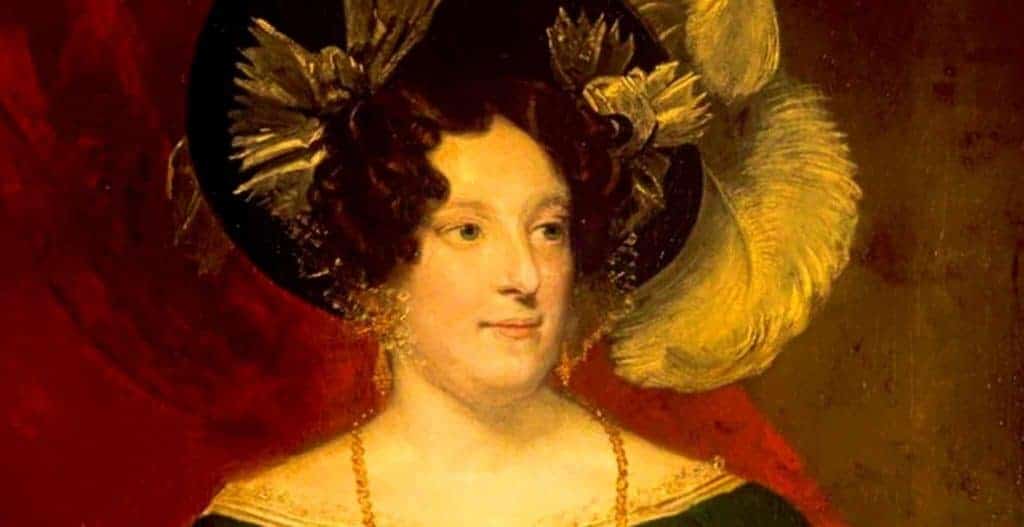Royal marriages are the stuff of fairy tales: a rich, dashing prince weds a beautiful princess and they live happily ever after in a big castle. Except the reality is often much, much different. For centuries, royal engagements were usually not the result of love, but instead they were often driven by political concerns. Unions would be cynically arranged so that families held onto power, or even gained more of it. And sure, in many notable cases, love did indeed blossom in such arrangements. But in other cases, even when the couple started off happily and in love, the regal unions turned sour.
While everyday folk can separate with relatively little fuss, it’s different for royals. In modern times, the breakdown of a marriage can lead to paparazzi intrusion and being talked about in gossip magazines. But in centuries past, strained personal relations could lead to violence, murder or even war. So, here we have ten toxic unions; royal weddings that prove that, even when great wealth and power are thrown into the mix, there’s often no such thing as a ‘happy ever after’…

Henry II and Eleanor of Aquitaine
It had all the ingredients of a fairy tale: he was dashing prince due to inherit the throne of England, she was a beautiful young lady with impeccable family credentials. But the marriage of King Henry II of England and Eleanor of Aquitaine had no happy ending. Instead, it’s gone down in the history books as a classic example of a seemingly perfect royal union breaking down completely, and of love turning into complete contempt.
Eleanor was far from young and naïve when she caught the eye of England’s future king in the mid-12th century. In fact, she had already enjoyed great power and privilege. She was born in 1122 to William X of Aquitaine, possibly the richest and most powerful man in modern-day France. By the age of 15, she had been married to King Louis VII of France. While this was a shrewd move, politically, uniting the two large kingdoms, it was not such a good romantic match. And it got even worse when, after giving him two daughters, Eleanor was unable to provide Louis with a male heir. So, when malicious gossip started spreading about Eleanor’s behaviour on her travels (she even went to Jerusalem as part of the Second Crusade), Louis had the marriage annulled in 1152.
Two months later, however, the 30-year-old beauty was wed again. Henry Plantagenet may have been 11 years her junior, but he was heir to the English throne and their union made excellent sense. Together, their kingdom stretched from the edge of Scotland right down to the foot of the Pyrenees. Moreover, it seems like Eleanor was the ideal queen. Not only was she bright and engaged, taking on matters of court in Henry’s absence, but she gave the king seven children! This was not enough to keep him happy, however. And so, like many monarchs before and after him, he took many lovers – conducting his extra-marital affairs in plain sight of his humiliated wife.
Things came to a head in 1173. Henry’s sons had ambitions of their own and had been plotting against him. When they openly revolted and tried to take the throne, Henry hit back. But rather than backing her husband, Eleanor sided with her children – a big mistake. She tried to hide from Henry’s anger, but he caught up with her in France. The ruthless king brought her back to England and placed her under indefinite house arrest. She would then spend the next 15 years of her life confined to a castle in Salisbury, patiently waiting for her husband to die. When he did indeed pass away in 1189, Eleanor was finally free. She would go on to enjoy a further decade of power and intrigue – though that’s a completely different story.

